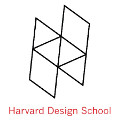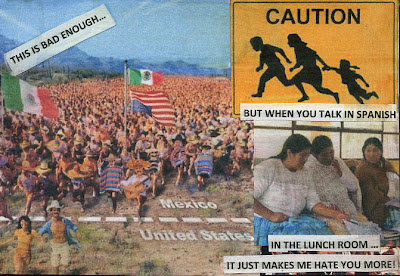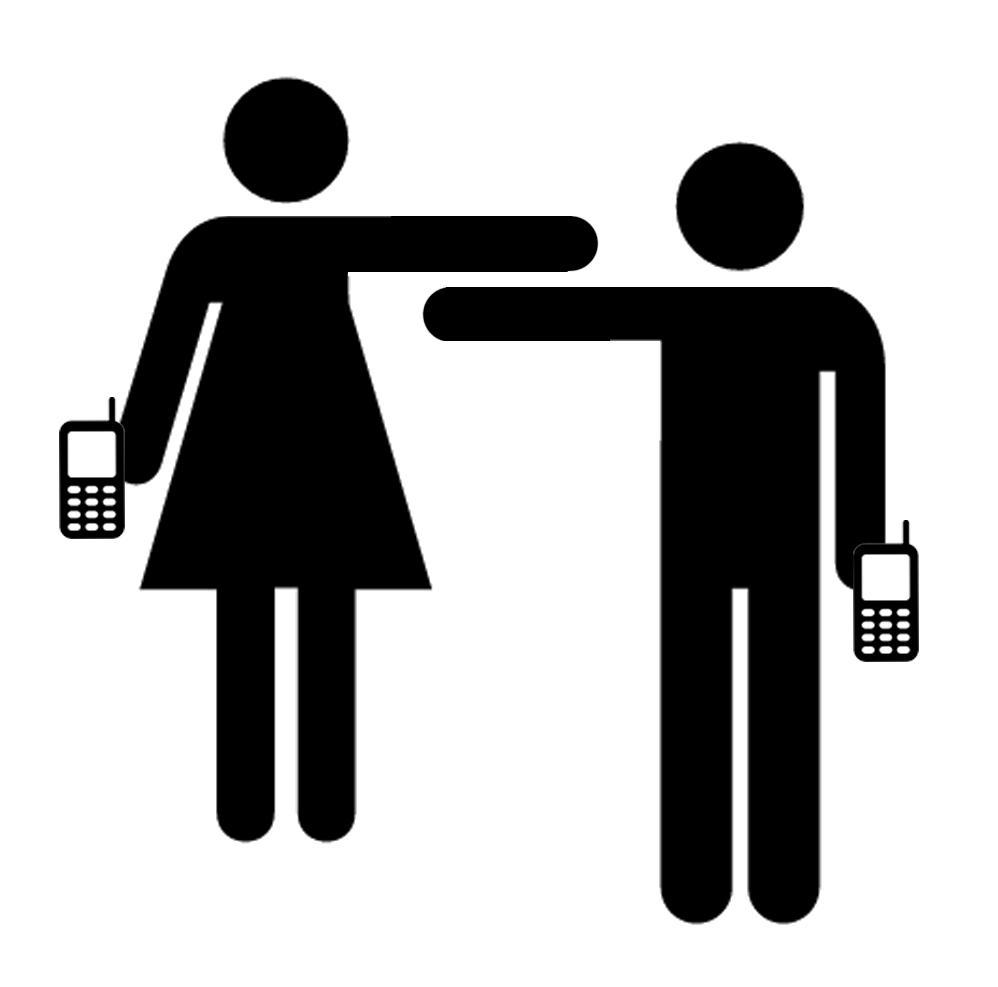Networked Urbanism
design thinking initiatives for a better urban life
apps awareness bahrain bike climate culture Death design digital donations economy education energy extreme Extreme climate funerals georeference GSD Harvard interaction Krystelle mapping market middle east mobility Network networkedurbanism nurra nurraempathy placemaking Public public space resources Responsivedesign social social market Space time time management ucjc visitor void waste water Ziyi

GSD Harvard – Fall 2012
Master Studio carried on during the Fall semester at the Urban Planning and Design Department at Harvard Graduate School of Design (GSD). Exploring the new role of the urban designer as an activator, mediator and curator of social processes in a networked reality where citizens are active producers or prosumers.
If the future is sharing information, resources, and physical spaces, how can we facilitate the process of sharing in cross cultural interactions? Multiple studies reveal that in urban settings where different cultural groups coexist there are high levels of segregation and a lower use of the public space. Cultural frictions can translate into racism, violence, xenophobia, and become obstacles for development. At a global scale, intolerance for other people’s ways of life has resulted in ethnocide. Wades Davis in his Ted Talk Dreams from Endangered Cultures encourages us to value our ethnosphere as it is humanity’s great legacy. In this lecture Davis quotes Margaret Mead’s greatest fear, “as we drifted towards this blandly amorphous generic world view not only would we see the entire range of the human imagination reduced to a more narrow modality of thought, but that we would wake from a dream one day having forgotten there were even other possibilities.”
Tolerance and respect for other people’s way of living can start being address at an urban scale. Cross cultural interactions are battlegrounds where notions of tolerance and respect get tested. During the semester I plan to develop strategies to encourage and facilitate these interactions.
Now I don’t speak spanish, but the website from this video has some great information on open-source information sharing, and envisions how it will eventually be integrated into everyday life. In any case, the video is wonderfully mesmerizing.
Think Big:
How can the physical environment read our digital layers to connect strangers of similar interests?
- When people connect and converse over like interests, a sharing of knowledge occurs. Further, more complex ideas can begin to emerge through these conversations that can perhaps enhance society as a whole. How can our digital layers begin to emerge in daily life so these physical connections can occur?
Start Small:
- Interviews: Lisa Valela, Program Coordinator Harvard Graduate Commons. Susan Keller, Assistant Director Harvard Real Estate. Nashid Nabian, GSD Urban Planning. Jifei Ou, MIT Media Lab Tangible Media Group. Miscellaneous Cafe Goer #1. Miscellaneous Cafe Goer #2.
- Videos of individuals working in public settings to begin to understand modes of focus.
- Case studies including means of: innovative workplaces, knowledge sharing, stranger connection, GPS location systems, technology embedded furniture, urban library / book share, cafe culture, etc.
Act Now:
- Orchestrated spontaneity to occur week of 9/24
What is my map telling me?
I meant to post this a while back but forgot. This is a great example of how a small intervention can have a great impact and also be fun. Be sure to check out more examples at http://www.thefuntheory.com.
This is a great. Andrew – wanna put Menino’s face on some bike lanes?
Just found this really cool stop motion animation. The whole thing is done using Google Maps Street view.
« Previous 1 … 4 5 6 7 Next »

